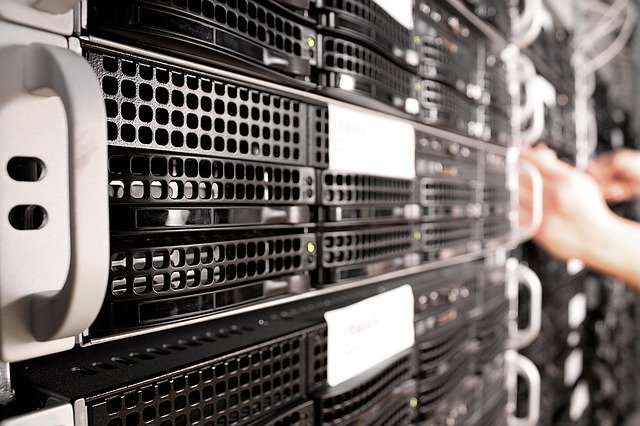
What is a Network Rack?
A network rack contains a metal frame box that protects and secures server hardware devices and computer networks and stacks, holds, and organises them properly. It goes by many names, but the “network” in this system refers to the chassis that keeps the server hardware in place.
How to set up a Network Rack
Although most network racks can house server hardware and various computer systems, a few are meant for specific devices. The racks in this system keep the bolts, brackets, and various rack hardware safe. It is also possible to mount the rack with the help of different types of shelves and rails, like switch shelves and switch rails. Before we go any further and discuss more networks you may want to see UPS batteries.
Network Rack Equipment
A network rack has enough space to hold a multitude of equipment. Although it may seem that network equipment involves many things, in reality, it’s a combination of devices that support this type of technology. Adjustable Switch Shelf – 108-6899 is one of the most common types of network equipment that professionals use.
Switches – Switches are multi-port and high-speed devices with two functions: to receive data from a local area network and redirect it to its appropriate destination on a LAN. However, information only travels through a single network in this system.
Routers – Routers have a similar function as switches but instead of carrying data through a single network, they can distribute it over multiple networks. That is why you can connect multiple devices using a single router.
Modems – Modem is the source of the internet that connects with your router using an Ethernet cord.
Network Rack vs. 2 Post Relay Rack
A 2 post relay rack is a cost-effective network rack that you can use to mount various pieces of equipment. It has two thin centralised parallel posts extending from its balanced base of up to 23 inches.
Installing Network Equipment in a 2 Post Rack
One of the reasons why it’s easier to set up a 2 post rack than a network rack is that it is lightweight and has an easy-to-move frame. All you have to do is install the brace on the network hardware and bolt the brace to its posts to secure the network equipment. However, the setup is not as robust as a network rack.
Once you finish installing the rack, you can use the two posts to stack various network devices by making the most of the vertical space available, thus reducing the need for bigger floor space to keep your gear. In addition, the 2 post racks are sturdy enough and won’t disturb any of the installed hardware. Moreover, this type of rack doesn’t obstruct airflow from the devices, thus allowing you to manage the cables easily.
It’s wise to mount your devices centrally to be on the safe side if you are using 2 post relay racks. Centre mounting means keeping the hardware bracket in the central position and the posts parallel on both sides. A centre-mounting position is also beneficial for the 2 post server rack as it can distribute the weight properly, thus reducing the pressure on the racks to improve their balance. On the other hand, flush mounting is suitable for lightweight and low-profile technology.